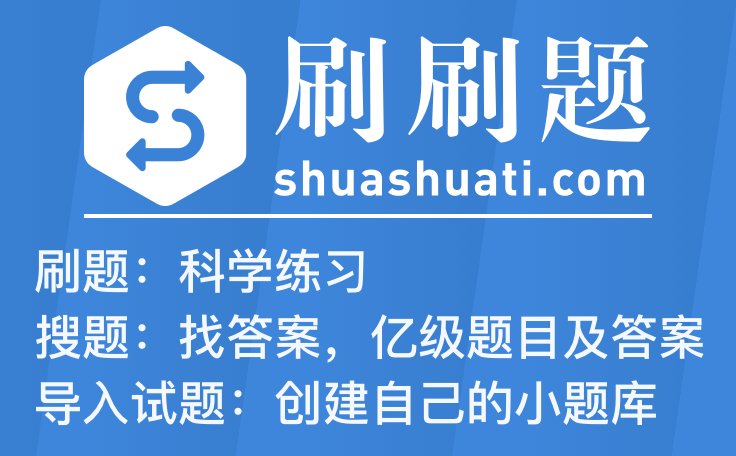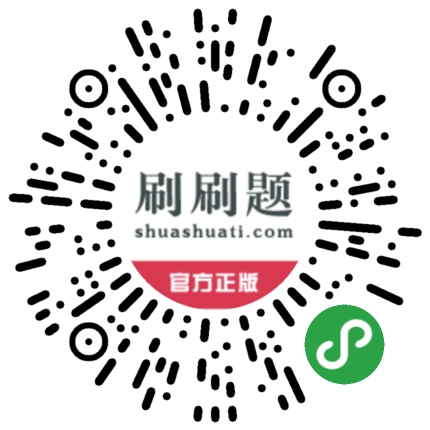皮皮学,免费搜题
登录
搜题
【单选题】

 So you've got an invention — you and around 39,000 others each year, according to 2002 statistics! The 64,000-dollar question, if you have come up with a device which you believe to be the answer to the energy crisis or you've invented a lawnmower which cuts grass with a jet of water (not so daft, someone has invented one), is how to ensure you're the one to reap the rewards of your ingenuity. How will all you garden shed boffins out there keep others from capitalizing on your ideas and lining their pockets at your expense? One of the first steps to protect your interest is to patent your invention. That can keep it out of the grasp of the pirates for at least the next 20 years. And for this reason inventors in their droves beat a constant trail from all over the country to the doors of an anonymous grey-fronted building just behind London's Holborn to try and patent their devices. The building houses the Patent Office. It's an ant heap of corridors, offices and filing rooms—a sorting house and storage depot for one of the world's biggest and most varied collections of technical data. Some ten million patents — English and foreign — are listed there. File after file, catalogue after catalogue detail the brain-children of inventors down the centuries, from a 1600's machine gun designed to fire square bullets at infidels and round ones at Christians, to present-day laser, nuclear and computer technology. The first letters' patent were granted as long ago as 1449 to a Flemish craftsman by the name of John Utynam. The letters, written in Latin, are still on file at the office. They were granted by King Henry Ⅵ and entitled Utynam to import into this country his knowledge of making stained glass windows in order to install such windows at Eton College. Present-day patents procedure is a more sophisticated affair than getting a go-ahead note from the monarch. These days the strict procedures governing whether you get a patent for your revolutionary mouse-trap or solar-powered back-scratcher have been reduced to a pretty exact science. From start to finish it will take around two and a half years and cost £ 165 for the inventor to gain patent protection for his brainchild. That's if he's lucky. By no means all who apply to the Patent Office, which is a branch of the Department of Trade, get a patent. A key man at the Patent Office is Bernard Partridge, Principal Examiner (Administration), who boils down to one word the vital ingredient any inventor needs before he can hope to overcome the many hurdles in the complex procedure of obtaining a patent — 'ingenuity'. People take out a patent because they want to______.
So you've got an invention — you and around 39,000 others each year, according to 2002 statistics! The 64,000-dollar question, if you have come up with a device which you believe to be the answer to the energy crisis or you've invented a lawnmower which cuts grass with a jet of water (not so daft, someone has invented one), is how to ensure you're the one to reap the rewards of your ingenuity. How will all you garden shed boffins out there keep others from capitalizing on your ideas and lining their pockets at your expense? One of the first steps to protect your interest is to patent your invention. That can keep it out of the grasp of the pirates for at least the next 20 years. And for this reason inventors in their droves beat a constant trail from all over the country to the doors of an anonymous grey-fronted building just behind London's Holborn to try and patent their devices. The building houses the Patent Office. It's an ant heap of corridors, offices and filing rooms—a sorting house and storage depot for one of the world's biggest and most varied collections of technical data. Some ten million patents — English and foreign — are listed there. File after file, catalogue after catalogue detail the brain-children of inventors down the centuries, from a 1600's machine gun designed to fire square bullets at infidels and round ones at Christians, to present-day laser, nuclear and computer technology. The first letters' patent were granted as long ago as 1449 to a Flemish craftsman by the name of John Utynam. The letters, written in Latin, are still on file at the office. They were granted by King Henry Ⅵ and entitled Utynam to import into this country his knowledge of making stained glass windows in order to install such windows at Eton College. Present-day patents procedure is a more sophisticated affair than getting a go-ahead note from the monarch. These days the strict procedures governing whether you get a patent for your revolutionary mouse-trap or solar-powered back-scratcher have been reduced to a pretty exact science. From start to finish it will take around two and a half years and cost £ 165 for the inventor to gain patent protection for his brainchild. That's if he's lucky. By no means all who apply to the Patent Office, which is a branch of the Department of Trade, get a patent. A key man at the Patent Office is Bernard Partridge, Principal Examiner (Administration), who boils down to one word the vital ingredient any inventor needs before he can hope to overcome the many hurdles in the complex procedure of obtaining a patent — 'ingenuity'. People take out a patent because they want to______.A.
keep their ideas from being stolen
B.
reap the rewards of somebody else's ingenuity
C.
visit the patent office building
D.
come up with more new devices

拍照语音搜题,微信中搜索"皮皮学"使用
参考答案:


参考解析:


知识点:






皮皮学刷刷变学霸
举一反三
【单选题】酶与底物作用形成中间产物的叙述正确的是
A.
A,酶与底物主要是以共价键结合
B.
酶与底物的结合呈零级反应
C.
酶诱导底物构象改变不利于结合
D.
底物诱导酶构象改变有利于结合
【单选题】对钓鱼Wi-Fi的描述不正确的是__
A.
还会使用一些看上去很美好、很有诱惑的名称
B.
钓鱼Wi-Fi经常假冒这三大运营商的Wi-Fi
C.
钓鱼Wi-Fi经常假冒假冒一些连锁商业机构的Wi-Fi
D.
Wi-Fi的名称不会被冒充
【单选题】患者,男,56岁,非胰.岛素依赖型糖尿病,需长期注射胰岛素,出院时护士对其进行健康指导,不恰当的是
A.
不可在皮肤发炎、有瘢痕、硬结处注射
B.
应在上臂三角肌下缘处注射
C.
行皮下注射,进针角度30°~40°
D.
注射区皮肤要消毒
E.
进针后不能有回血